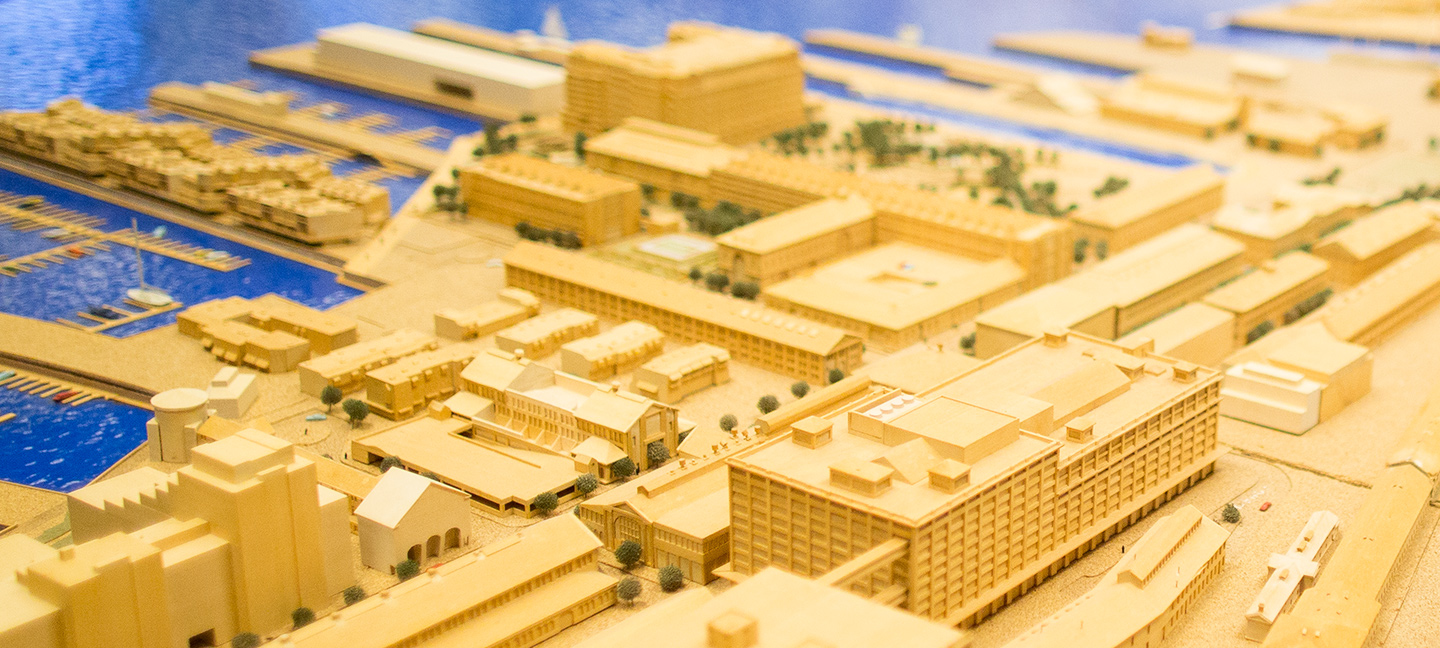
Real Estate Development Certificate
Real Estate Development Certificate
Real estate developers apply the principles of planning and design to create new projects in a variety of market sectors. This challenging field requires the developer to identify opportunities, analyze project financial feasibility, and implement projects from design through occupancy. The Real Estate Development Certificate introduces students to the fundamental concepts and skills needed to participate in this field. Students may also select courses in historic preservation, sustainable design or community development to focus their studies and be more knowledgeable in specific real estate markets.
Eligibility
The Real Estate Development Certificate is an online offering and is open to anyone interested in real estate development. All real estate development courses are offered remotely in synchronous sessions (US Eastern Time). Some elective courses are offered in an asynchronous fully online format.
An undergraduate degree is recommended, but not required for enrollment in this certificate program. Courses are taught at the graduate level.
Required Courses
The Real Estate Development Certificate program requires the completion of 9 credits—6 credits of required courses and 3 credits of elective courses. It is highly recommended that you begin with one or both of the required courses before moving on to the elective courses.
You’ll take the same courses as students in the Master of Design Studies in Real Estate Development.
Real estate development courses are offered in either the fall or spring semesters. When elective courses are offered varies. See what Continuing Education Courses are coming up soon.
Required Course | 6 Credits:
REA3010 Resilient Real Estate Development: Design, Principles, and Processes, 3 credits **
REA3013 Real Estate Finance, 3 credits **
**Highly Recommended as first course(s). Both are offered in the Fall Semester.
Recommended Elective Courses
REA3018 Managing Design and Construction, 3 credits
REA3022 Site Analysis and Assessment, 3 credits
REA3024 Real Estate Law, Regulations, Transactions and Project Approvals, 3 credits
REA3026 Market Research and Analysis, 1.5 credits
REA3028 Asset Management and Disposition, 1.5 credits
Related Elective Courses
Real Estate Development Related Electives in Community Development, Historic Preservation, and Sustainable Design
REA3020 Climate, Resiliency, and Social Responsibility, 1.5 Credits
REA3023 Entrepreneurial Leadership, 1.5 Credits
HSP2010 Cultural Heritage Tourism and Placemaking, 1.5 credits
HSP3001 Historic Preservation Philosophy and Practice, 3 credits
HSP3015 Historic Preservation Law and Planning, 3 credits
HSP3020 Adaptive Reuse and Development Process, 3 credits
SUS2013 Multiple Urbanisms: Divergence or Synergy, 1.5 credits
SUS2014 Sustainable Design and Preservation, 1.5 credits
SUS2026 Greening the City, 1.5 credits
SUS2029 Green Practice: Energy and Air Quality Principles, 1.5 credits
SUS2030 Materials, Resources, and Indoor Environmental Quality, 1.5 credits
SUS2035 Sustainable Communities: Land Use, Transportation, and Planning, 1.5 credits
How to Enroll in a Certificate Program
To enroll in a BAC Certificate Program, submit the following application materials to Continuing Education and then register for courses during an open registration period:
- Certificate Application Form
- $50 non-refundable application fee
Please Note: An undergraduate degree is recommended for the Sustainable Design Certificate, the Real Estate Development Certificate, and the Historic Preservation Certificate. Courses in these certificate programs are taught at the graduate level.
Certificate students must begin academic coursework in the program within two academic semesters of submitting the application materials.
